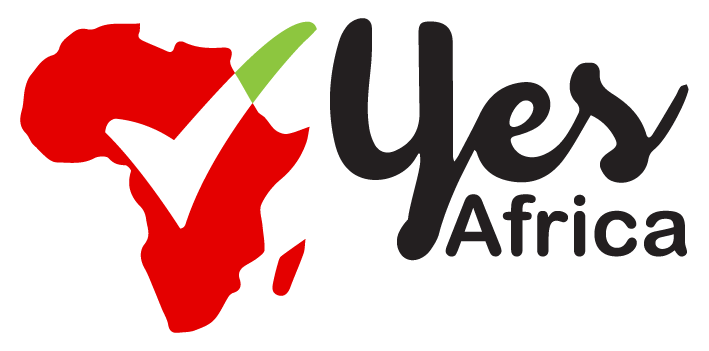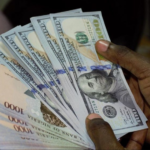The Central Bank of Kenya (CBK) cut the key interest rate by 75 basis points to 11.25% at its last monetary policy meeting (MPC) for 2024. This is the third rate cut this year.
The decision was driven by the economic slowdown, particularly in the first half of 2024, and the currency stabilization.
Inflation in Kenya has gradually eased to the CBK’s minimum target of 2.5% to 7.5%; according to the Kenya National Bureau of Statistics (KNBS), the latest data shows 2.7%.
The last MPC meeting of 2024 was also the first meeting of the four newest members of the decision-making body: Isis Nyongâo, Dr Kemboi Kipruto, Dr Fresia Mugo and Jared Osoro.
- Advertisement -
“The Committee observed that short-term rates on government securities had declined sharply in line with the CBR, but that banks had not responded by lowering their rates proportionately,” said Dr. Kamau Thugge, CBK Governor.
Private sector credit growth was unchanged from a year ago, which the central bank attributed to reduced demand due to higher credits and the impact of exchange rates on foreign credits.
The Finance Committee therefore asked banks to take the necessary steps to reduce lending to encourage lending to the private sector and thereby encourage more jobs,” he continued.
Total non-performing loans fell from 16.7% in August to 16.5% in October, particularly affecting the decline in manufacturing, electricity and water, financial services and infrastructure agriculture.
The Kenyan shilling has gained 17.4% since the beginning of the year, remaining steady at 4,444 shillings and is currently trading in the 129 shilling range from a low of 160 shillings in January.
- Advertisement -
The result was attributed to several factors, including the long-term impact of monetary tightening in the last quarter of 2023, the return of the Eurobond success in February and increased foreign direct investment after growth stabilized in June.
The previously difficult financial situation and weak shilling led the central bank to raise its key lending rate from 10.5% to 12.5% before raising it to 13% in February.
In August, the central bank began its first monetary policy implementation in a year, cutting interest rates by 25 basis points, then by 75 basis points, bringing the price rate to 12.00%. Despite the 1 per cent rate cut, commercial banks generally did not reduce their lending rates, with more than half of banks increasing interest rates for October.
The dove target follows the example of other emerging economies such as South Africa, Ghana, Namibia and Uganda in supporting the economy.










